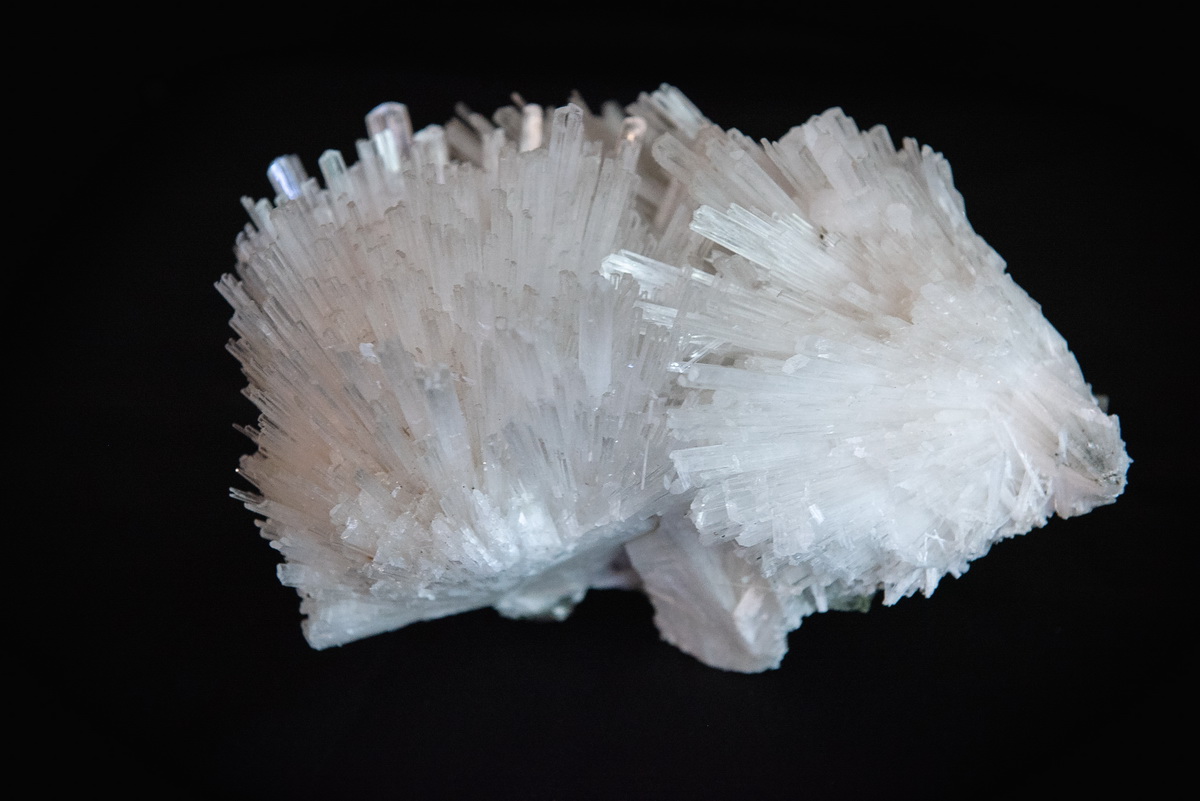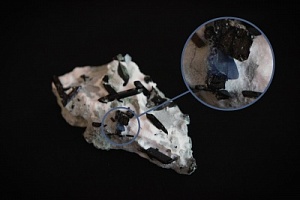The collection of the TSU Museum of Mineralogy named after I.K. Bazhenov has been replenished with new rare exhibits. Among them are benitoite brought from America, a druse of scoleciteneedle crystals resembling a large white hedgehog, and a pyrite crystal druse, which is called “fool's gold” for its deceptive appearance.
- Benitoite was first found in San Benito County, California, in 1906, hence the name of the mineral, says Valentina Sveshnikova, head of the TSU Museum of Mineralogy. - At first, it was mistaken for sapphire because it has a similar color. A year later, an analysis by members of the scientific council of the University of California Los Angeles showed that a new mineral had been found, a very rare barium and titanium silicate.
For a long time, the California benitoite deposit was considered the only one in the world, but subsequently it was found in Texas, Arkansas, and Montana. In addition, over time, deposits have been discovered in Belgium, the Czech Republic, Japan, Korea, and New Zealand. Benitoite finds are very infrequent because it is found only in the form of a few crystals. Benitoite has a pronounced property of pleochroism: its color changes at different viewing angles and is shot with greenish-blue or transparent. The best transparent specimens are mined in San Benito, where the exhibit was delivered from.
- Another novelty came to Tomsk from India, - says Valentina Sveshnikova. - The druse of scolecite (a cluster of accreted crystals) is called “hedgehog” because it looks very much like it. Scolecite is widely distributed in the bubbly lavas of basalt in the form of amygdalas and geodes. Large crystals of this mineral are found in Puan, in southeast Bombay, from where this specimen was brought.
The third newcomer to the TSU Museum of Mineralogy is a pyrite crystal druse from Peru. This yellow mineral with an intense metallic luster is very similar to gold, but it is not a noble metal. Because of this similarity, during the gold rush inexperienced miners mistook it for a valuable find, and the deceptive mineral got the nickname fool's gold.
- Pyrite itself is not a rare find, in Russia its largest deposits are concentrated in the Urals, - explains Valentina Sveshnikova. But only well-defined cubic crystals with clear shading on the edges have a collectible value. It was this specimen that came to our museum thanks to Gennady Tatianin, the former dean of the Faculty of Geology and Geography, who purchased the mineral and donated it to the University.
In 2018 the TSU Museum of Mineralogy named after I.K. Bazhenov celebrated its 130thanniversary. Now the collection includes more than 30,000 samples brought from around the world.



